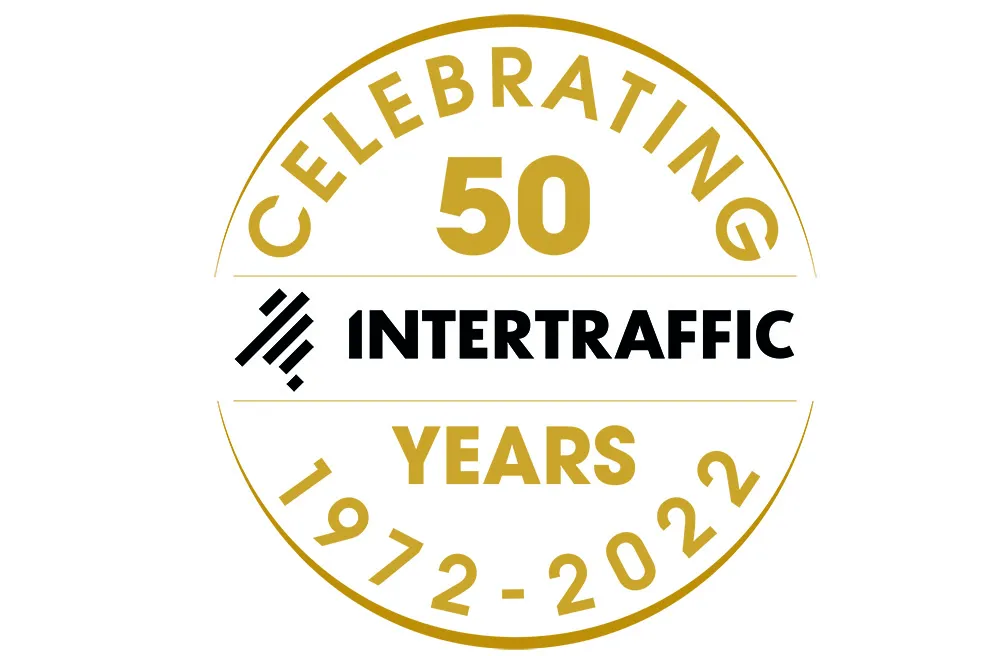
TAG-7 is a linear CCD CameraLink compact digital camera with a linear 2 megapixel CCD sensor, and is designed to meet the main requirements of machine vision.
The camera is fully compatible with CameraLink and GenICam standards, allowing rapid software integration with vision systems. Pixel dimensions of 14_m x 14_m TAG-7 provide high quality images, making the device suitable for applications in which image quality is an important feature.
The internal FPGA enables the camera to perform multiple preprocessing algorithms in real time, while the extremely compact design allows quick and easy installation.
The technologically advanced S200 smart camera is designed to meet the main requirements of machine vision.
The all-in-one compact camera has a storage capacity of 32GB, thanks to its SD card, and contains a CPU for image capture and analysis, sending the results direct to the user’s computer.
Powerful image processing architecture, with a dual core processor and an 85K element FPGA enables the user to capture and process images at high speed. A unique combination of sensor and process architecture allows the camera to achieve an extremely high 180 fps in full frame mode.
Graphic software allows the user to programme the FPGA, which handles all communication interfaces, ensuring real-time acquisition and preprocessing management.
The S200 features the Linux open operating system, allowing the user to develop vision applications using Tattile’s software or other manufacturers’ compatible software libraries.
Developed in collaboration with Belgian nanoelectronics research centre IMEC, Tattile launches its first smart camera with hyperspectral technology, the high performance S200 HYP, allowing the user to apply the technology to a wide range of industrial machine vision processes.
The camera is equipped with an extremely powerful image processing architecture, thanks to a dual core processor and FPGA of 85K elements.
All image pre-analysis algorithms and the reconstruction of the hyperspectral cube are performed by the FPGA, leaving the processor with the task of analysing the data and allowing high performance elaboration.
The S200 HYP is available in three different versions, depending on the integrated sensor model:
• Linescan, with 100 hyperspectral bands varying from 600 to 1000 nanometers, arranged horizontally on the sensor. Acquisition is performed by sliding the target under the smart camera in order to parse through all the bands, with a maximum speed of 2880 lines per second. The resulting cube is composed of 100 spectral high resolution images.
• SnapShot, with 32 hyperspectral bands varying from 600 to 1000 nanometers, arranged as a grid on the sensor. Acquisition is performed
through a duplication optical component, integrated into the smart camera at a maximum speed of 340 fps. The resulting cube is composed of 32 spectral images with resolution of 256 x 256 pixels.
• Mosaic, with 16 hyperspectral bands varying from 465 to 630 nanometers, arranged as a 4x4 mosaic on the sensor. Acquisition does not require special configuration at a maximum speed of 340 fps. The resulting cube is composed of 16 spectral images with resolution of 512 x 272, with the option to increase the resolution through de-mosaicing algorithms.
%$Linker:










